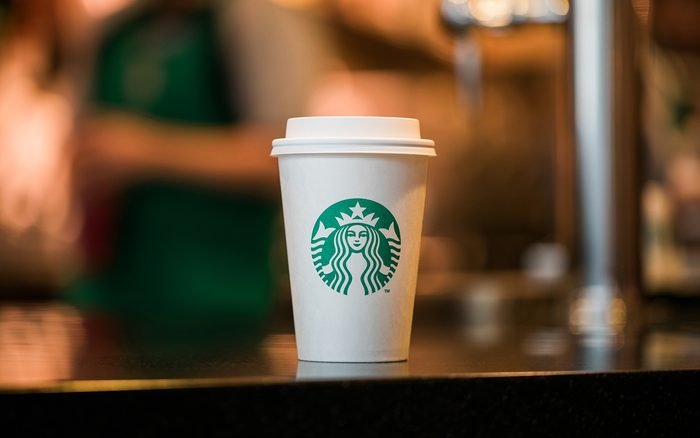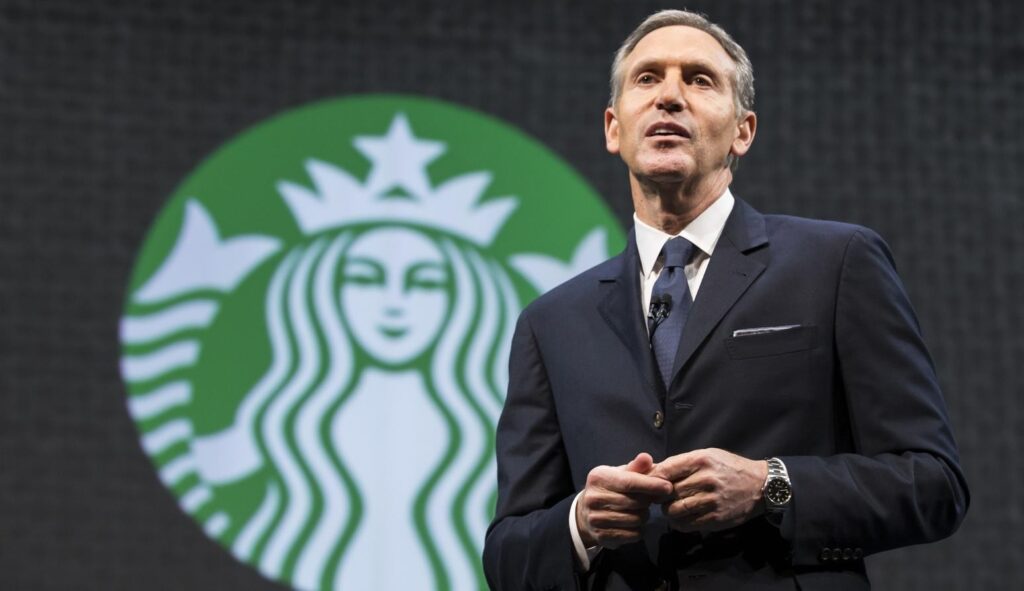Starbucks is, without a doubt, the most well-known coffeehouse in the world. Starbucks has over 32,000 outlets in 80 countries and plans to expand further. Starbucks’ present success may make it difficult to believe, but the company was once on the verge of extinction. Starbucks’ success can be attributed in large part to Mr. Howard Schultz, who served as the company’s CEO (Chief Executive Officer) for 23 years. In the early 1980s, when Howard purchased the company, he flew to Milan, Italy, to watch and study the coffee culture. When he returned, he decided to follow suit and change Starbucks from a coffee bean business to a coffee shop that specializes in espresso-based drinks.

Howard understood in Italy that coffee was more than simply a beverage; it was a symbol of friendship and people coming together. He wanted to recreate the experience in the United States, so he developed the ‘Starbucks Experience.’ Starbucks emphasized the experience as their USP, rather than merely selling coffee. This boosted Starbucks’ appeal, resulting in a steady increase in the company’s popularity and revenue. It quickly expanded into Japan and Dubai, eventually reaching a total of 13,000 outlets. In the year 2000, Howards stepped down as CEO of Starbucks after assisting the company in achieving a steady and respected position in the market.
After the 1st of June 2001, Starbucks entered a new era. On paper, Starbucks continued to expand at a rapid pace, with six new locations opening every day. Even while everything appeared to be in order on the surface, the reality was quite different. On the surface, the corporation had three main issues; nevertheless, these issues had no immediate impact and were thus overlooked by investors.
The first issue was letting go of the ‘Starbucks Experience,’ in which customers enjoyed watching their coffee being brewed right in front of their eyes, which was feasible thanks to semi-automatic machinery. Those machines were replaced with fully automatic equipment to cater to a wider clientele. This resulted in a significant increase in the number of coffee cups a barista could produce in a given length of time, but it also made customers feel more distanced from their baristas. Starbucks became just another coffee shop in the crowd as a result of this.
The second concern was the hasty expansion without enough planning. Starbucks proceeded to aggressively expand into new locations without investing in an effective supply chain capable of meeting the needs of the stores. As a result, the businesses were short on goods, and several menu items were often unavailable.
The third issue was that Starbucks moved into areas that had nothing to do with its core offering. Starbucks began selling DVDs, which perplexed the audience to the point where they mistook it for a knockoff. People began to feel that, contrary to what Starbucks had declared, their principal goal was to make revenue from all sources.
The essence of Starbucks was the simple fact that it was the experience that you paid for and not just the coffee. Howard personally trained the baristas, ensuring that they had the highest degree of experience in dealing with customers and maintaining pleasant relationships. When Howard was in charge of Starbucks, the baristas were taught to remember the names of regular customers, as well as their allergies and preferences.
All of this eventually led to Starbucks’ collapse, as customers shifted to discount coffee shops like McDonald’s or Dunkin Donuts after it lost its USP. When Howard discovered what was going on, he decided to return to the game and reclaim control of Starbucks. On the 7th of January 2008, Howard came out of retirement. Within 3 years of this, Starbucks started getting back on track and nearly doubled its profit.

What factors contributed to Starbucks’ resurgence? What tactics did Howard employ? Let’s have a look.
Starbucks announced the closure of 600 locations on July 1, 2008, and by 2009, they had to lay off about 6700 employees. They also replaced the automatic coffee machines with semi-automatic coffee machines to ensure that the ‘Starbucks Experience’ was reintroduced. They even began training their staff from the ground up, ensuring that they were trained in a manner that reflected Howard’s philosophy of treating consumers like family. Howard was serious about his commitments, as evidenced by the fact that, even during the height of the recession, Starbucks closed its stores for three hours to perform employee training, dubbed ‘The Art of Espresso.’ During the height of the recession, this action cost Starbucks almost $6 million. Several experts thought this was a stupid strategy, but it assured Starbucks made a strong statement about their sincerity.
This plan did not affect Starbucks’ revenue growth, and the company continued to lose money. Howard’s second approach was to hold a leadership summit in New Orleans. Floods and hurricanes wreaked havoc on this area, leaving thousands of people homeless and in need of assistance. Over 50,000 hours were spent by over 10,000 Starbucks employees painting houses, planting grass, cleaning trains, and even building playgrounds. New Orleans residents witnessed 10,000 strangers pitch in to assist them in getting back on track. During the recession, this cost Starbucks another $30 million.

Starbucks stands apart because of how far they go to aid the globe; for example, they established sign language establishments where hard-of-hearing people can order in a method that is most convenient for them. Starbucks also established mystarbuckidea.com, a website where users could submit proposals. This was an instant hit, with over 7000 ideas flooding in within 24 hours. Starbucks, on the other hand, moved ahead and implemented the top 25 ideas in a couple of years. The establishment of a loyalty reward program was one of the most innovative ideas, and it alone earned Starbucks over a billion dollars.
This Starbucks case study demonstrates the necessity of keeping to the core of the product and understanding that not everything that appears to be a good idea on paper will result in a better outcome in the future. It also illustrates why excellent leadership is so important. Always strive for meaningful progress rather than only financial growth.
